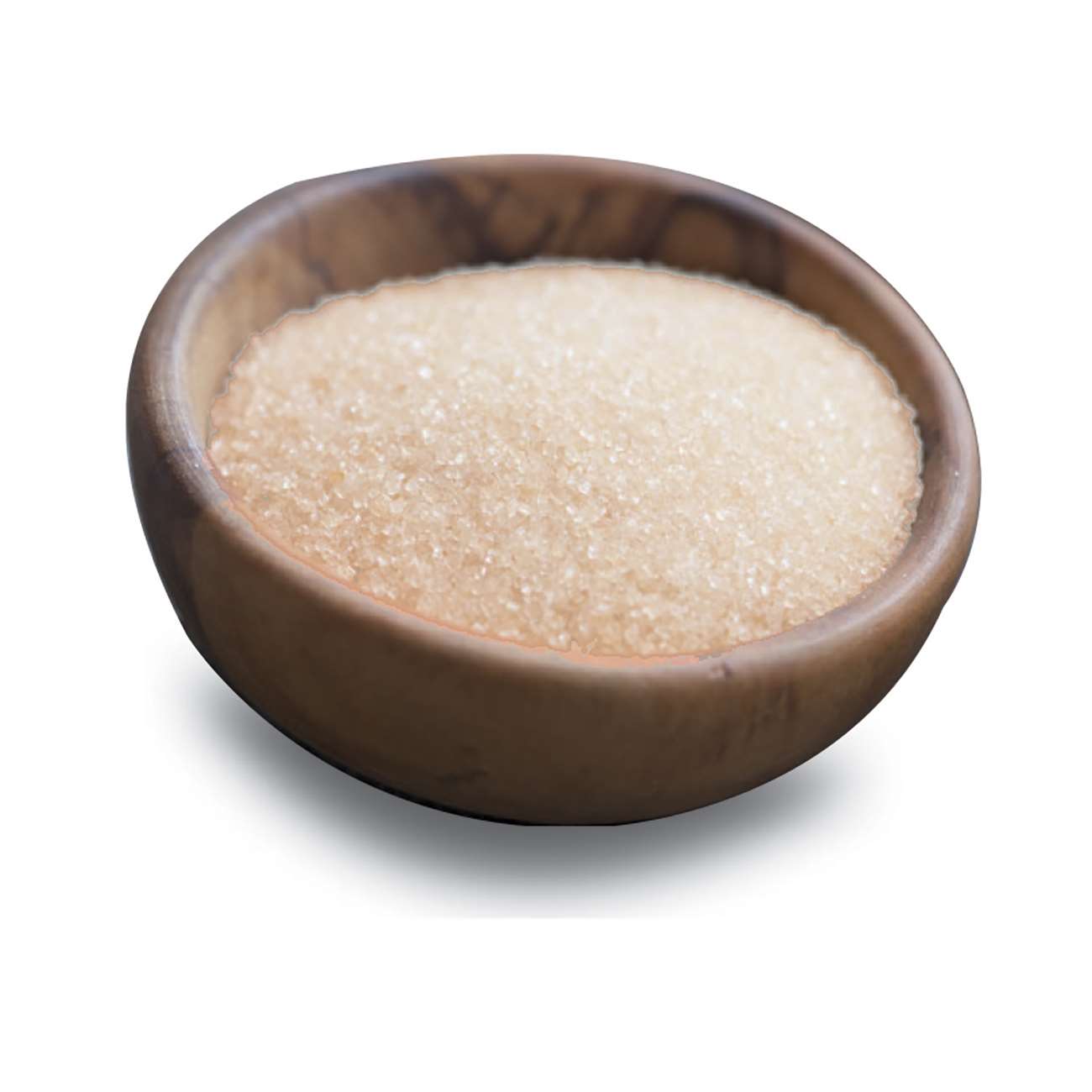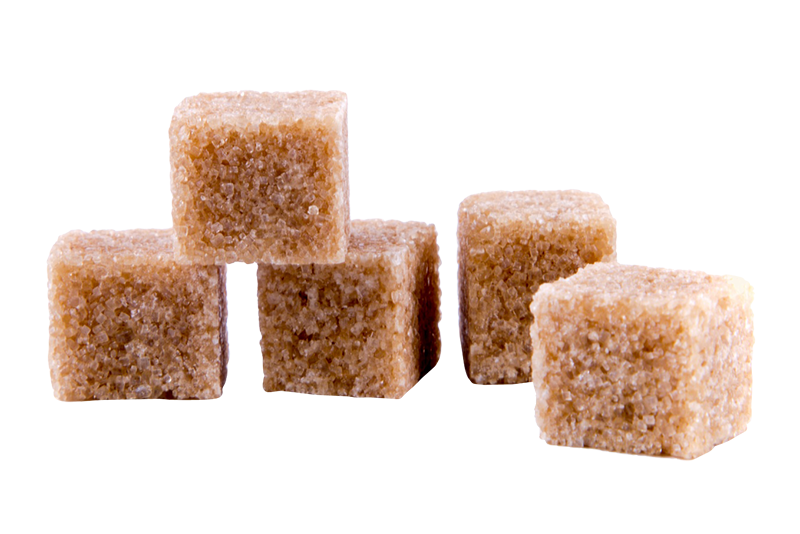A Thorough Overview to the Ecological Influence and Sustainability Practices in Walking Cane Sugar Handling
The environmental impact of walking stick sugar handling offers a complex variety of obstacles that warrant careful exam. From soil degradation and extreme water usage to the carbon footprint related to farming and production, the repercussions of standard practices are significant. In comparison, the adoption of innovative sustainability steps uses a path toward much more accountable production methods. Recognizing the interplay between these concerns is important for stakeholders in the sector. What certain methods can be applied to strike a balance in between efficiency and environmental stewardship? The solutions exist in a more detailed consider both the difficulties and prospective options.
Overview of Walking Cane Sugar Processing
Walking cane sugar processing entails a collection of systematic actions that transform sugarcane right into refined sugar. Originally, harvested sugarcane is carried to refining facilities, where it undertakes cleaning up to get rid of soil and particles. Following this, the walking stick is squashed to remove juice, which is then clarified by eliminating impurities through heating and the addition of lime.
The clarified juice goes through dissipation, where water is eliminated to focus the sugar web content. These crystals are separated from the staying syrup using centrifugation, resulting in raw sugar.
The end product is after that dried out and packaged for circulation. Throughout this entire procedure, preserving performance and quality assurance is vital to ensure the sugar fulfills industry criteria. Each action in walking cane sugar processing not just contributes to the last product however additionally has effects for source use and waste generation, setting the phase for conversations on sustainability and environmental effects associated with sugar manufacturing.
Environmental Difficulties of Production
The production of walking stick sugar offers numerous substantial ecological obstacles that warrant interest. One main concern is the comprehensive use of agrochemicals, including pesticides and plant foods, which can bring about dirt deterioration, biodiversity loss, and contamination of regional water sources. The drainage from sugarcane areas usually lugs these chemicals into nearby communities, disrupting marine life and influencing the health and wellness of neighborhoods reliant on these water bodies.
Another obstacle is the high power usage connected with sugarcane processing. The boiling and refining phases need considerable heat, primarily created by shedding nonrenewable fuel sources, contributing to greenhouse gas emissions. In addition, the extensive land area needed for sugarcane farming can bring about logging and habitat damage, further intensifying environment adjustment and harmful wild animals.
Moreover, the labor practices in some regions elevate moral problems, as workers may face inadequate working problems and insufficient salaries. This situation frequently bolsters a cycle of hardship in local communities. Cane Sugar Processing. Dealing with these environmental obstacles is critical for creating a lot more sustainable techniques in walking stick sugar production, inevitably benefiting both the environment and the areas involved in this market
Water and Land Usage Impact
Water resources and land use are critical elements in the walking stick sugar sector that substantially influence the setting. The cultivation of sugarcane needs significant water input, with price quotes suggesting that it can consume as much as 2,000 litres of water per kilogram of sugar created. This extensive use water usually results article source in deficiency of local water sources, affecting not just the sugarcane plantations however additionally bordering environments and communities that count on the very same water sources for agriculture and domestic use.

In addition, land usage for sugarcane cultivation can bring about logging and the conversion of natural habitats right into monoculture ranches. This practice reduces biodiversity, disrupts neighborhood communities, and adds to dirt degradation. The development of sugarcane fields usually trespasses on valuable agricultural land, developing competition for sources in between food and biofuel production.
Sustainable techniques, such as enhancing watering methods and applying crop turning, are important to minimize these influences. By adopting a lot more reliable water use and land management techniques, the walking stick sugar market can lower its eco-friendly footprint, guaranteeing a balance between agricultural efficiency and ecological conservation.
Greenhouse Gas Emissions
Greenhouse gas exhausts stand for a substantial ecological concern within the cane sugar processing industry, particularly as agricultural practices expand to meet global demand. The growing of sugarcane, a plant that grows in exotic environments, counts greatly on artificial fertilizers and pesticides, which contribute to nitrous oxide discharges. Furthermore, land-use modifications, consisting of logging for brand-new sugarcane vineyards, launch co2 kept in plants and dirt.
Throughout processing, energy usage is one more major source of greenhouse gas discharges - Cane Sugar Processing. Numerous sugar mills utilize nonrenewable fuel sources to power machinery and create warm, leading to considerable carbon impacts. In addition, the transport of raw sugarcane and completed products includes layers of exhausts via fuel burning in vehicles
The collective result of these exhausts aggravates environment modification, presenting dangers not just to the atmosphere however likewise to the long-term practicality of the industry. Stakeholders have to identify the immediate requirement for extensive strategies that resolve these exhausts. This includes evaluating existing farming methods, refining methods, investigate this site and transport systems to recognize areas for improvement and reduction. Attending to greenhouse gas discharges is vital for fostering a more sustainable walking cane sugar industry in an altering environment.

Lasting Practices and Innovations
Sustainable practices and innovations are significantly crucial in the walking stick sugar processing sector as stakeholders seek to reduce ecological effects while maintaining productivity. One substantial development is the implementation of incorporated crop management, which maximizes source use by combining dirt management, parasite control, and crop turning methods. This approach boosts yield while decreasing chemical inputs and protecting dirt health.
In addition, the adoption of renewable resource resources, such as biomass from sugarcane residues, has obtained traction - Cane Sugar Processing. By converting waste items right into energy, processing centers basics can lower their reliance on fossil fuels, therefore lowering greenhouse gas emissions
Water administration techniques have actually also seen enhancements with the recycling and reusing of water in handling plants, considerably lowering freshwater consumption. Developments in modern technology, such as accuracy agriculture, allow farmers to keep an eye on plant wellness and source use better, guaranteeing lasting farming practices.
Moreover, qualification programs like Fair Profession and Rain forest Partnership urge eco liable farming techniques and advertise social equity within the supply chain. By welcoming these lasting methods and advancements, the walking cane sugar handling market can improve its durability and contribute positively to ecological stewardship.
Verdict
The ecological effect of walking stick sugar processing presents significant challenges, consisting of dirt deterioration, high water usage, and greenhouse gas emissions, alongside moral problems associated to labor methods. Dealing with these issues via lasting methods, such as integrated plant monitoring, eco-friendly energy adoption, and water recycling, is crucial. By advertising socially equitable and ecologically responsible approaches in sugar production, the market can mitigate its negative effects, making certain a much more lasting future for both neighborhoods and communities included in this industry.
Walking cane sugar handling entails a series of methodical steps that change sugarcane right into refined sugar. Each action in cane sugar processing not just contributes to the final product however additionally has ramifications for resource use and waste generation, establishing the stage for conversations on sustainability and environmental influences connected with sugar production.
Greenhouse gas discharges stand for a considerable ecological issue within the walking cane sugar processing sector, particularly as agricultural techniques expand to satisfy international demand.Lasting techniques and advancements are increasingly crucial in the walking cane sugar processing market as stakeholders look for to reduce environmental influences while maintaining productivity.The ecological influence of cane sugar processing provides significant challenges, consisting of dirt degradation, high water usage, and greenhouse gas discharges, along with ethical issues connected to labor methods.